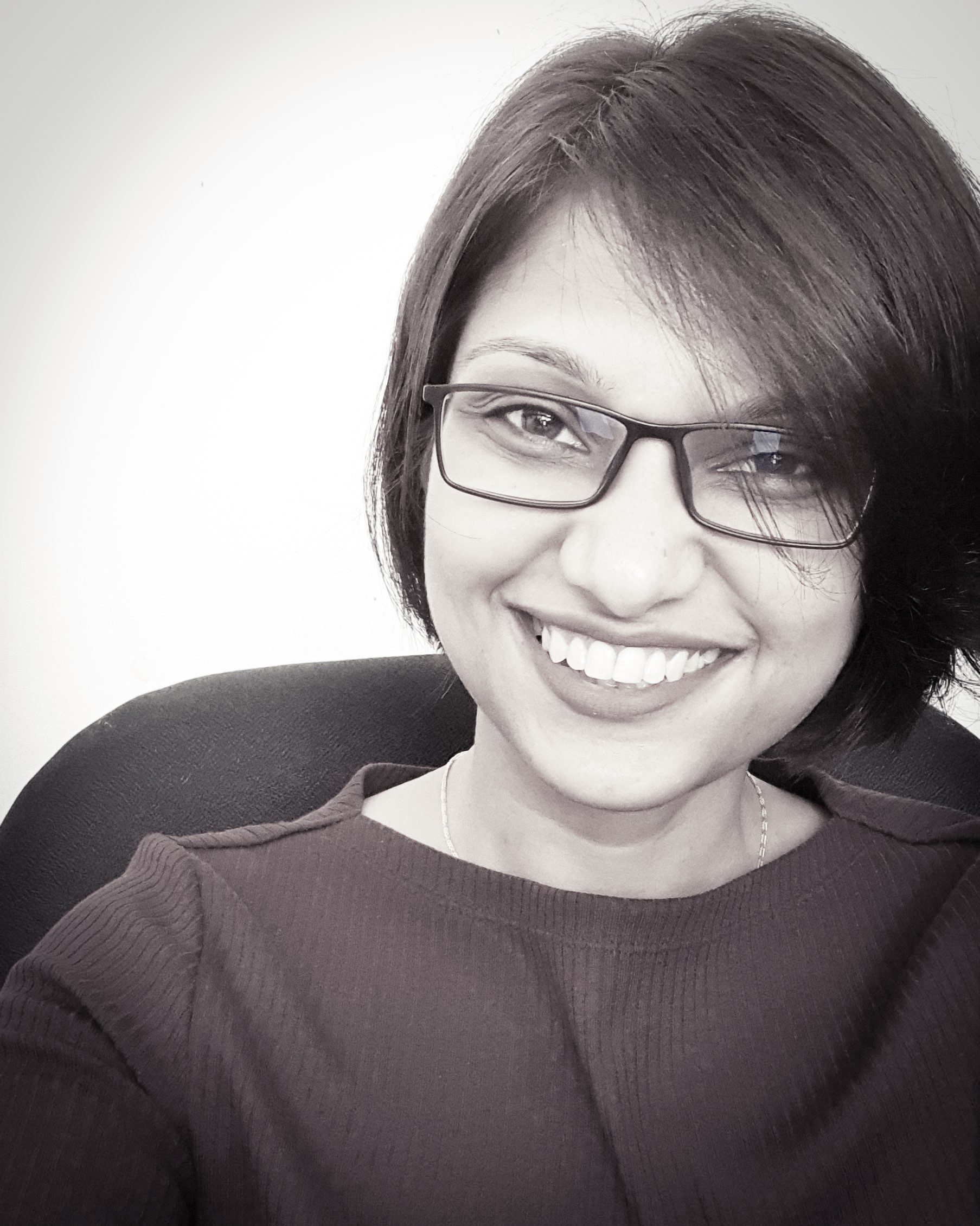
In this extra post, Avita tells us an important story about the benefits of post-pandemic adaptation to teaching and learning for academics with hidden disabilities, as flexibility in working spaces and schedules removed some barriers to learning. Avita Rath is a year 3 distance learning student (MSc Clinical Education↗️ ) at Edinburgh Medical School and she shares her experience teaching dentistry at a dental school in Malaysia.
Like any other health professional education, dentistry is renowned for its intensive contact hours and stressful work/ learning environments (Quinn, 2022↗️ ; Bennett, 2021↗️). And much similar to the broader neo-liberalised academia, it is highly competitive with an overemphasis on excellence in teaching and research activity (Brown and Leigh, 2018↗️). For a profession that thrives on aesthetics that requires more than mental cognition of knowledge (Bennett, 2021↗️), there are constant irreconcilable tensions that emerge between one’s embodied awareness of their emotions and more fixed structures of academic work, that incentivises stability, efficiency and overwork. The latter always supersedes in an overly rationalist ableist higher education setting indicating the ‘endemic’ nature of ableist practices that shape academia (Brown and Leigh, 2018↗️).
Although ableism is quite a nebulous construct, as Nicole Brown and Jennifer Leigh asserted in their passionate disabilities studies, discourses of ableism within higher education contexts are specifically veered towards those with “experiences of invisible disabilities and chronic illnesses, the ‘non-normative other'” (Brown and Leigh, 2020:4↗️). Especially for a neurodiverse early career academic like me, enacting the role of “perfect academic” is akin to legitimizing my academic identity who is “able – no – more than able” to handle the highly pressured environment irrespective of the incurred psychological cost. Thus, succumbing to the implicit demand to be “always on” for our students or senior staff becomes a likely act of self-preservation of one’s academic prospects, leading to the normalisation of such practices in our academic culture.
Perhaps that might be one of the predominant reason why data around hidden disabilities among academics is ghastly underrepresented in comparison to those of students (Lindsay and Fuentes, 2022↗️; Brown and Leigh, 2018↗️), with a particular geographical concentration in the UK, USA, Australia and Canada. I have been trying to gather crumbs around this issue in Asian contexts, and to my dismay, the only evidence I could find was a policy paper on the employability of persons with “visible” disabilities (Tan et al., 2019↗️). Yet, paradoxically, it is within institutions that claim to be supportive of equity, inclusivity, and diversity initiatives where, we, academics, wonder how far that spirit extends to us, as we constantly navigate a web of exclusionary practices. Somehow, hidden disabilities have become an exclusive ‘student issue’ (Saltes, 2022↗️).
So, what do we do about it?!
Whilst the experiences of hidden disabilities, chronic illnesses, and neurodiversity are not homogenous, a primary barrier that affects them all is a lack of flexibility. Ironically, we could look back to the recent pandemic. Amid all the chaos that exacerbated precarious work conditions and unprecedented challenges in terms of teaching and learning, it, nonetheless, transformed medical and dental education (Quinn, 2022↗️; Doherty, 2022↗️). Pivoting from contact hours to embracing multimodal forms of engaging academic activities by using a suite of Universal Design principles such as recorded lectures, tele dentistry, online hands-on using internet-based activities, e-portfolios for formative assessments (Kerkstra et al., 2022↗️), opened diverse ways to be involved with students. This was a welcoming relief not just in terms of innovations but also in terms of productivity, as fatigue, stress and pain were drastically reduced. Travel to campus, accessibility of rooms and the availability of real-time captions were not things that need to be battled for thanks to softwares such as Microsoft Teams or Zoom. Of course, some of the benefits came in tandem with challenges of optimising new technologies, which I don’t want to downplay. Nevertheless, I do believe that the mainstreaming of these inclusive practices democratised the challenges that were previously weighted against those with hidden disabilities and chronic illnesses. As it accommodated the aspects of oneself that didn’t comply to “ableist gazes” by removing the need to be physically present (Lindsay and Fuentes, 2022↗️).
Although I don’t mean to dwell in past (I am glad the pandemic is behind us!) however, as situations have normalised, many of us in this part of the world have boomeranged back to our physical workspaces, moving away from all the advantages remote working conditions had provided us. It’s not that I am against face to face teaching, we ought to have that for our clinical chairside teaching, but I am also cognizant of the rising undercurrents of vulnerability and anxiety among those struggling with (dis)abilities and chronic illnesses as we continue to navigate our ableist academic lives. And it is incumbent upon me to remind my readers that although we may seem to have triumphed the battle against ableism in academia in the short-term, we are certainly far away from winning the war against it as we rush back to old ways of in-person presence. As an ode to academia, I would like to join others in considering bringing back best aspects of remote working and the access-abilities of online teaching as we rush back. Even though this suggestion may seem unwieldy and undoubtedly needs action at a systemic level of policies and procedures (Bussey, 2021↗️), it does begin with intentional awareness, or as academics Elisabeth Griffiths and Carla Finesilver contend, recognising and empathising with one’s struggles (Brown and Leigh, 2020↗️), which I hope this piece does.
References
Bennett, C. 2021. Dyslexia and dentistry. BDJ Team, 8, 11-13.
Brown, N. & Leigh, J. 2018. Ableism in academia: where are the disabled and ill academics? Disability & society, 33, 985-989.
Brown, N. & Leigh, J. 2020. Ableism in Academia: Theorising experiences of disabilities and chronic illnesses in higher education, London, UCL Press.
Bussey, S. 2021. Inclusivity in Online Postgraduate Teaching. In: Fawns, T., Aitken, G. & Jones, D. (eds.) Online Postgraduate Education in a Postdigital World: Beyond Technology. Cham: Springer International Publishing.
Doherty, P. 2022. Online medical school—a win for accessibility? BMJ (Online), 376, 131.
Kerkstra, R. L., Rustagi, K. A., Grimshaw, A. A. & Minges, K. E. 2022. Dental education practices during COVID‐19: A scoping review. Journal of Dental Education, 86, 546-573.
Leigh, N. B. A. J. 2020. Invisible disabilities: Ableism in education. Available from: https://www.bera.ac.uk/blog/invisible-disabilities-ableism-in-education.
Lindsay, S. & Fuentes, K. 2022. It Is Time to Address Ableism in Academia: A Systematic Review of the Experiences and Impact of Ableism among Faculty and Staff. Disabilities, 2, 178-203.
Quinn, B. F. A. 2022. Challenges and opportunities of online education in dentistry post-COVID-19. British dental journal, 233, 491-491.
Saltes, N. 2022. ‘It’s all about student accessibility. No one ever talks about teacher accessibility’: Examining ableist expectations in academia. International journal of inclusive education, 26, 674-700.
Tan, C., Abdullah, M. N. L. Y. & Shuib, M. 2019. Policies and practices governing disability in Malaysia’s higher education: A comparison with England and Australia. Journal of international and comparative education, 8, 85-101.
 Avita Rath
Avita Rath
Dr Avita Rath is a year 3 distance learning student (MSc Clinical Education↗️) at Edinburgh Medical School, The University of Edinburgh. She is also a senior lecturer, academic coordinator and periodontist at the Faculty of Dentistry, SEGi University, Malaysia. She is a Common Wealth scholar, a Fellow in Advance Higher Education, UK (FHEA), and an Association of Medication Education in Europe (AMEE) member. Some of her research interests include equity, diversity and inclusivity issues in health professional education, mindfulness in dental education, and student engagement concepts. She would like to thank Kirstin Stuart James for her guidance in writing this blog and encouragement throughout the programme and especially during the ‘Teaching Online in Professional Context’ course.


